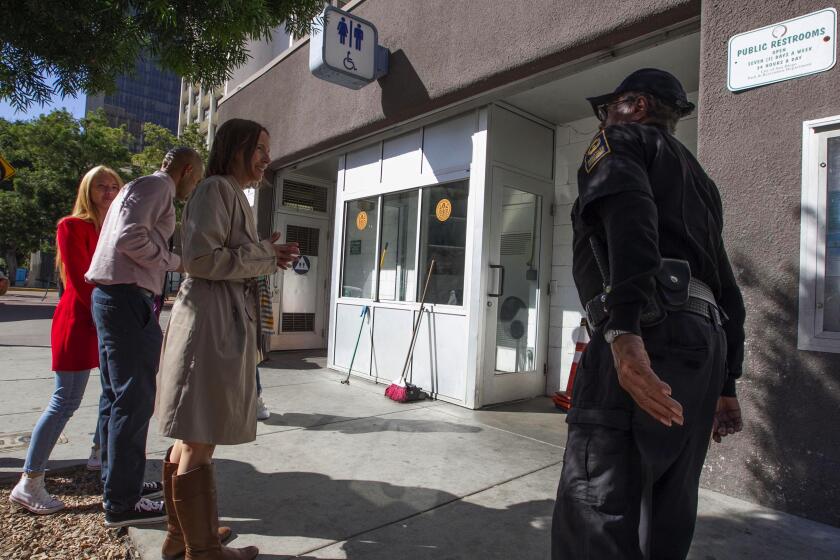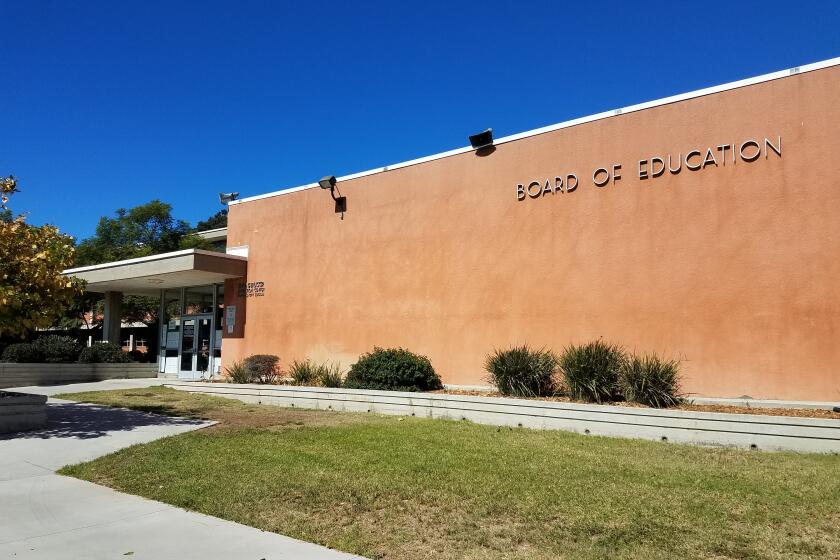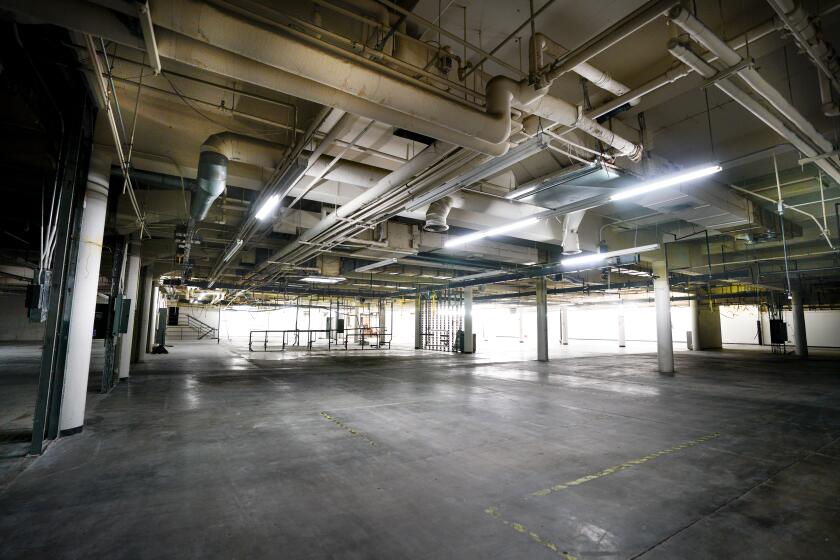Almost 200 banner planes have crashed
Nicholas Baer, 12, planned to spend his Fourth of July body boarding with friends at Carlsbad State Beach, but plans changed about an hour into the visit. There’s been a plane crash, a family friend told the boy’s mother on the phone.
“I think he got hit in the head by the propeller,” the friend said.
The aircraft was a Piper PA18 towing an advertising banner, and a federal report about the crash is expected this week. Meanwhile, U-T Watchdog decided to check and see how common such crashes are.
Accidents involving “banner towing” are tracked by the Federal Aviation Administration and the National Transportation Safety Board.
Records show that there have been 25 aircraft accidents involving such planes in California over the past two decades, and more than 62 percent resulted in injury or death. Four accidents occurred in San Diego, and eight in Los Angeles County.
Aviation experts say banner flying isn’t necessarily dangerous, but planes do fly at low elevations — usually above crowded areas — and the drag from towing a banner can put strain on the single-engine planes, which are typically used to fly advertisements.
In May 2012, a Cessna 150 towing a banner crash landed in San Diego Bay because of a mechanical malfunction. No one was injured.
According to reports from the NTSB that conducted an investigation of the incident, “both occupants reported that they did not have time to troubleshoot, due to low altitude.”
Incident records show that advertisements in the air can also distract surrounding pilots. Following a 2003 incident near Pearland, Texas, a pilot admitted to NTSB investigators that he was distracted while landing by banner towing activity adjacent to the runway. The pilot landed at the edge of the grass runway and struck a ditch, causing substantial damage to the plane.
Cities including Huntington Beach and San Francisco have attempted to ban aerial ads in recent years for safety reasons or aesthetic purposes, but dropped the efforts in fear of lawsuits or pressure from the FAA, which regulates all flight activity.
The cause of other California accidents vary. About a quarter were due to engine failure, records show, and more than half occurred while cruising or maneuvering the aircraft.
“Cars quit on a freeway. Cars sometimes fail to start,” said Barry Bardack, chief flight instructor for the Golden State Flying Club at Gillespie Field in El Cajon. “Airplane engines have an amazing ability to revive mid-air, but they also occasionally fail.”
Air Ads owner Jim Oakley declined to comment on the crash or identify the man flying the aircraft, but said the pilot was licensed to fly commercially and had the required qualifications to tow banners.
Oakley said his staff tends to be young, about 26 years old, since banner towing is a way for aspiring pilots to rack up flight time and advance to a career flying commercially.
Ian Gregor, public affairs manager for the FAA Pacific division, said in an email that the agency requires all pilots or companies to meet certain standards before banner-towing flights can take place. An inspector will examine banner attaching devices or hitches to ensure that release cable mechanisms are functioning.
All pilots must have successfully completed a banner towing training program, have a reliable record of past flight experience and be able to demonstrate a sample banner pickup to FAA inspector, Gregor said.
“The most challenging part is picking up the message. Not towing it,” Oakley said. “It’s the part that creates the most excitement for a pilot.”
Planes usually take off without the banner, loop back around to the airport, and align the plane in between two poles, where the banner tow rope is suspended. If done correctly, Oakley said, a hook behind the plane will latch on to the rope and begin pulling the banner into the air.
On December 31, 2006, a pilot at Gillespie Field missed the banner tow line, pitched upward and then went into a nose-down spiral. According to incident reports, witnesses said the plane spun more than one and a half times before colliding with the runway. The pilot was killed.
In July 2013, a pilot was conducting a low fly-by for ground crew to inspect the banner. After the pass the plane began to climb and airspeed deteriorated. The airplane stalled, hit wires and crash-landed on a hillside in Long Beach. The pilot suffered minor injuries.
Lee Anne Lardy, projects manager for San Diego County airports, said pilots or companies must be approved by the FAA and have proper insurance to receive a 10-year license with the county. Information pertaining to the license must also be updated each year.
Two companies, Air Ads and Aerial Sign North Inc., are the only companies licensed with the county, Lardy said.
The Watchdog used data collected from the NTSB and FAA and reviewed accidents categorized as banner tows under the purpose of flight. The review found 191 banner-related accidents between April 1995 and July of this year. Florida reported the most accidents at 51. California had the second most with 25, followed by New Jersey and South Carolina.
In the Carlsbad crash, officials at the scene reported that the single-engine plane lost power while towing a banner advertisement over the holiday crowd on the beach near Cannon Road. It was registered to Air Ads Inc. out of Gillespie Field.
The pilot wasn’t hurt, but the boy suffered a concussion, a sizable gash to his head and a damaged skull. He underwent emergency brain surgery at Rady Children’s Hospital in San Diego. Doctors later reported that the surgery was successful and the boy is recovering well.
Get Essential San Diego, weekday mornings
Get top headlines from the Union-Tribune in your inbox weekday mornings, including top news, local, sports, business, entertainment and opinion.
You may occasionally receive promotional content from the San Diego Union-Tribune.












